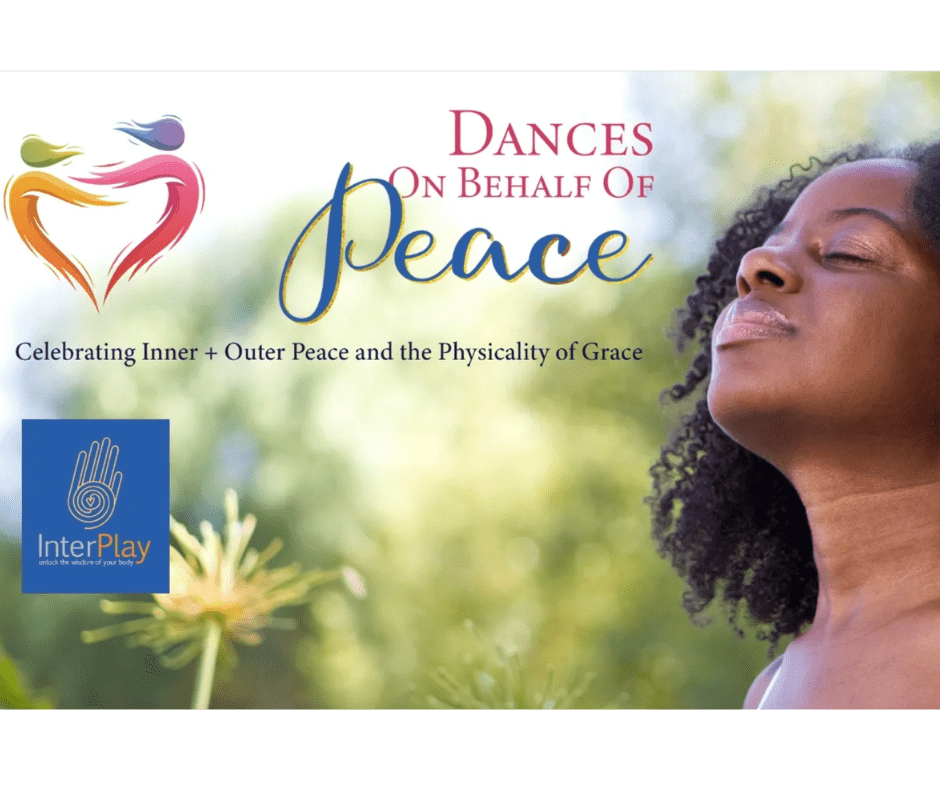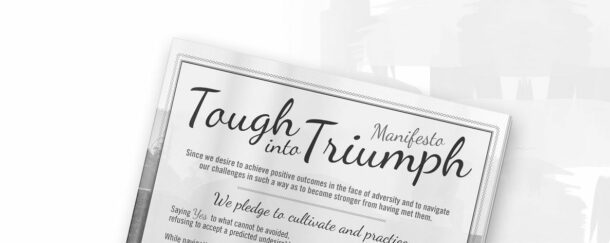
“What is she doing? My 3-year-old grandson William’s voice echoed throughout the large meeting space at my 31-year-old son Kenneth’s memorial service. Hearing that voice, and the question that I imaged many other people were asking themselves, I stopped what I was doing. I went over to him were he was seated with his parents in the front row. “I’m dancing on behalf of Uncle Ken,” I said. “Would you like to dance with me?” Without hesitation, he buried his head in his mother’s pregnant lap and shook his head vigorously no. But his 5-year-old brother Ethan, stood up, took my extended hand, and joined me. We danced together in a circular pattern in the open space. I lifted him up and we twirled around together. My breath quickened and my heart filled with joy. I’m transported back to when my youngest son Ken was 5 years old. Here in these moments of my greatest sorrow, tears remind me of the tremendous joy that Ken’s life had brought to mine.
Dancing and grieving share a similar status in western culture. They are both to be avoided in order to maintain ones’ composure. That evening, I thanked Ethan for dancing with me. Will explained why he rejected my offer. “I don’t dance,” he said with firm conviction. I asked him what he does do. He said, “I golf.”
Many people won’t dance, refuse to dance, yet, in these hard times– Alice Walker maintains “Hard Times Call for Furious Dancing!” Those of us willing to dance need to dance on behalf of those who won’t or can’t. The popular notion of dance is that it is an energetic celebration of positive moments in life, like weddings, birthdays, and graduations. Less well-known is that dance can also be an act of mourning, a full-bodied communal expression of life’s challenges and ways to grapple with them. It is a dual strength of dance that it can help us navigate all our milestone events, which are often a mixture of joy and grief, laughter, and tears.
What does dancing do for the dancer? What will it do for those of us grieving losses, hungering for peace? War and conflicts force people to leave their homes, and all they’ve worked for. If they stay, a good night’s sleep is impossible due to the noise and danger from the bombs. So, if we are to dance on behalf of peace let’s start with a simple gesture, the body’s language for what we sometimes don’t have words for.
Let’s start by making a fist and raising it in the air. That gesture expresses our determination to recognize the injustices of war, and our willingness to stand against it. Seeing other raised hands lets us know we are in solidarity with one another against injustice. To be a peace maker is to know that peace cannot be maintained without justice. But we must let go of the fist, shake it out, and dance can help us do that. That fist that may have become planted in various parts of our bodies, constricting our breath, creating pain, interrupting our rest. Holding on to atrocities and our reactions to them, keep them alive in the world. We must let go, but as Soyinka Rahim reminds, we must do it with love, and that takes dance.
We need rituals for peace so that they will change us individually and collectively. Let me offer a story. In the mid 1980’s a man from Germany visited India and was introduced to a simple ritual, A Universal Peace Greeting from the Gaudi Foundation. The words begin, “I offer you peace.”
And the gestures that went along with it used universal sign language, not the sign language we are familiar with that expresses words in the English Language. Through members in the InterPlay Community, this peace greeting got to me, and I began using it to start and finish classes I taught at the university and staff meetings we held at our behavioral health care clinic in Fort Worth TX. We began by saying to one another, “I offer you peace.”
In 1988, a student of mine was involved with Vivian Casselberry, a Dallas journalist who had formed an organization known as Peacemakers, and they were putting together the First International Women’s Peace Conference. Laurel called and asked that I join them and bring that sheet with the peace greeting on it to the planning meeting. I did that, and each morning of the week-long conference a different delegation of women from one of the 57 countries represented led the conference community of 2000 women in reciting the words of the Peace Greeting in their own native language. We spent a lot of time that week, back and forth to the copy room at the conference center, making copies of the peace greeting for the women to take back to their countries.
The outcome of all this? Barely a year later, November 9th, 1989, the Berlin Wall, which has stood since 1961, came down. Of course, we can’t know for sure that the Peace Ritual had anything to do with that. But I can say for certain, in 1988, though we focused quite a bit on it in our discussions, nobody thought there was much change of that wall being taken down.
Tonight is the final night of Dancing On Behalf of Peace. The event is FREE but you need to register at https://danceonbehalfofpeace.org/

